Ferrari F430 Buyers Guide
When the Ferrari F430 debuted at the 2004 Paris Motor Show, it represented a big step forward for Ferrari, building upon the the Ferrari 360 Modena with substantial technological advancements. More than just a new model, the F430 was Ferrari's way of setting new standards in performance and handling for a mid-engine sports car in the mid 2000’s.
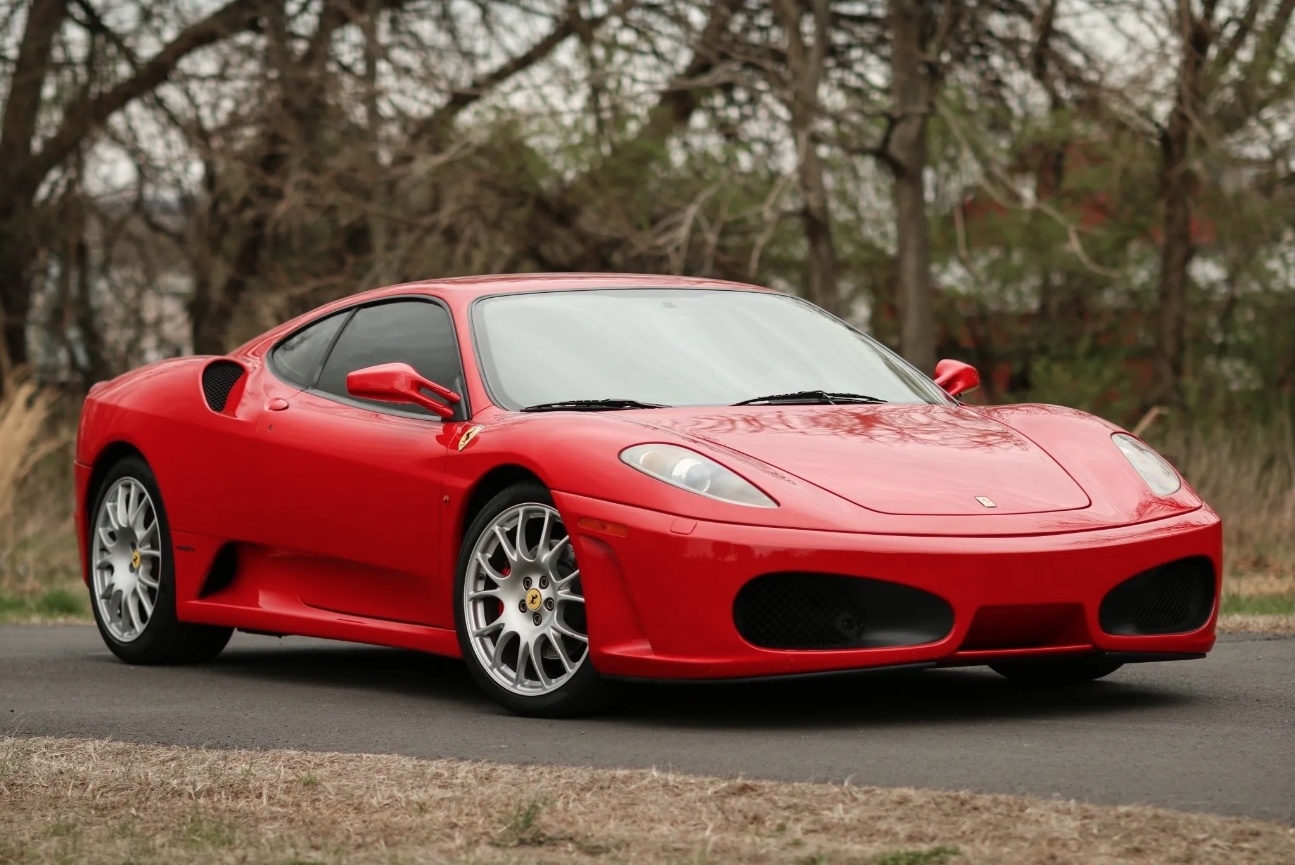
Photo by Bring a Trailer
At its heart, the F430 is powered by a naturally aspirated 4.3-liter V8 engine that produces 483 hp and 343 lb-ft of torque, a big leap over its predecessor. This power get the F430 to sprint from 0 to 60 mph in just 3.6 seconds, with a top speed exceeding 196 mph.
The F430 was also Ferrari’s first road car to incorporate the innovative "E-Diff," an electronic differential designed to enhance cornering stability, and the "Manettino" steering wheel dial, allowing drivers to switch between dynamic driving modes, tailoring the car’s behavior to road or track conditions.
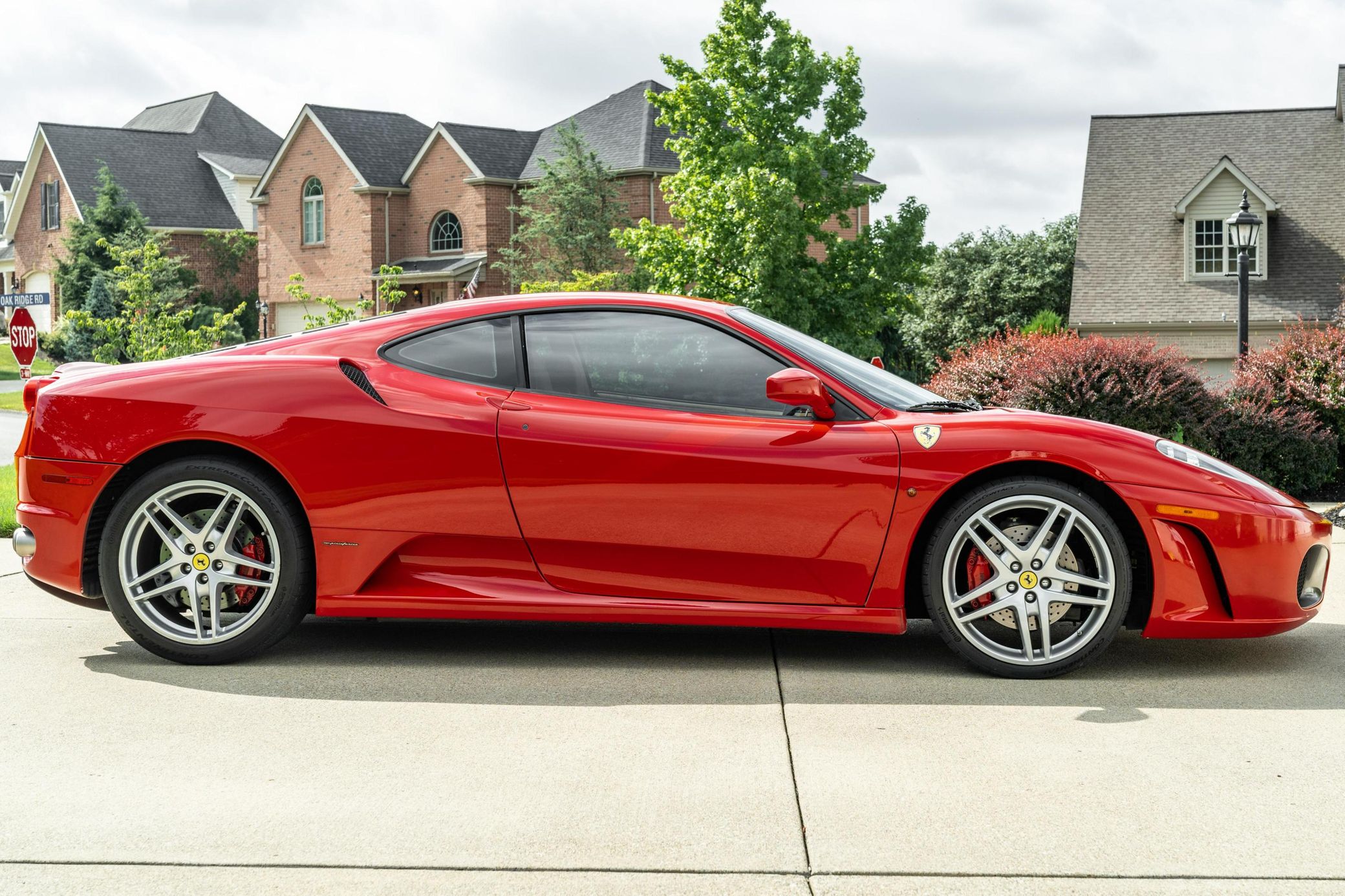
Photo by Cars and Bid
It was offered with 2 transmissions, F1 gearbox (paddle shift) and gated 6 speed manual transmission. Most F430s were spec’d with F1 gearbox, and only a very limited numbers of F430s came with manual.
On the outside, the F430’s design features aggressive front end includes large intakes inspired by Ferrari's Formula 1 designs, enhancing cooling and downforce. The car’s profile reveals sharp, flowing lines that channel air efficiently along its sculpted bodywork.
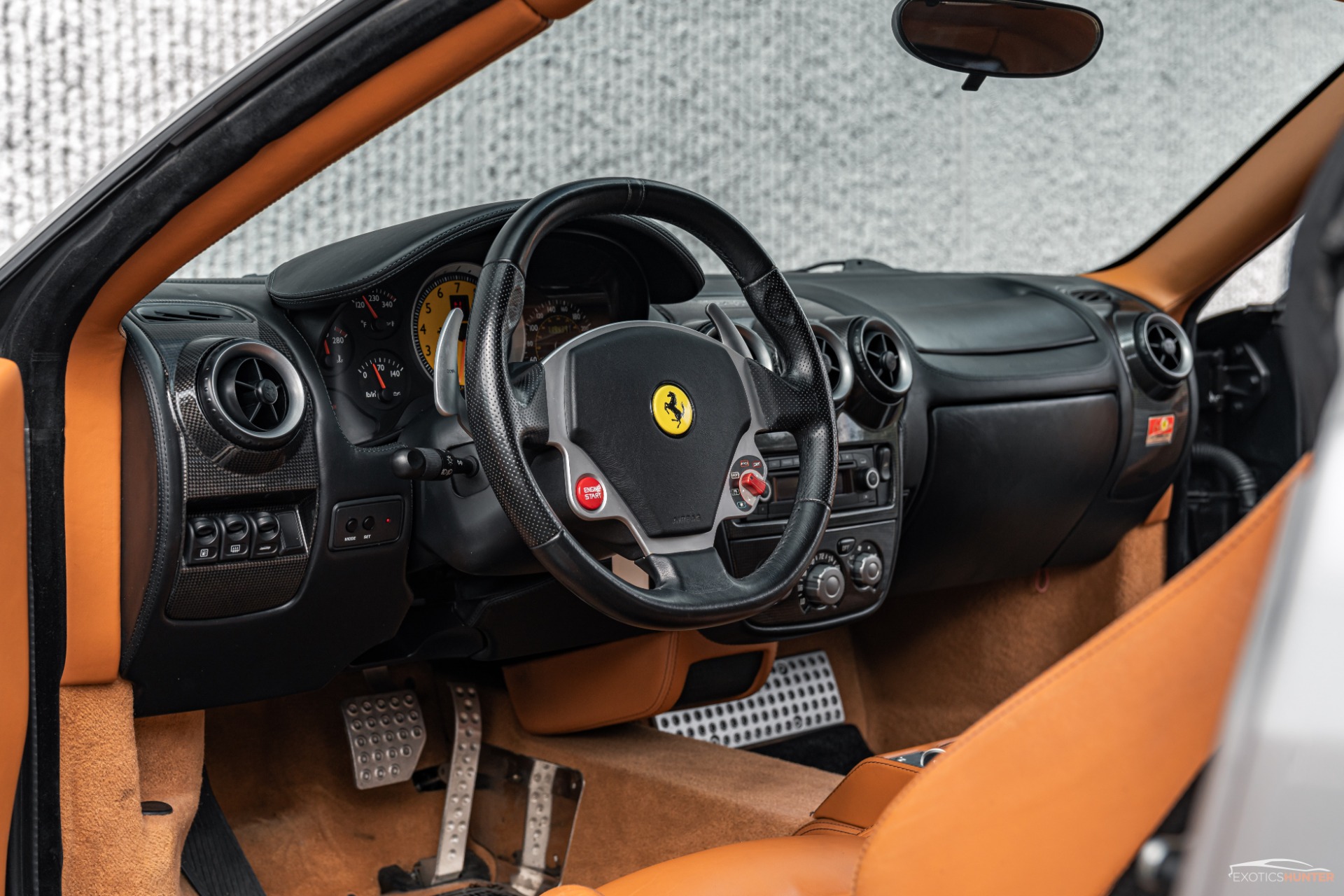
At the rear, the F430 came with twin circular taillights and a large diffuser that helped with aerodynamic elements.
Inside, the F430 cabin layout is focused on the driver, with controls positioned for quick access. The high-quality materials, such as leather and aluminum accents, added a refined, high-end touch to the interior. Clear analog dials and the iconic “Engine Start” button on the steering wheel—featured for the first time in a Ferrari
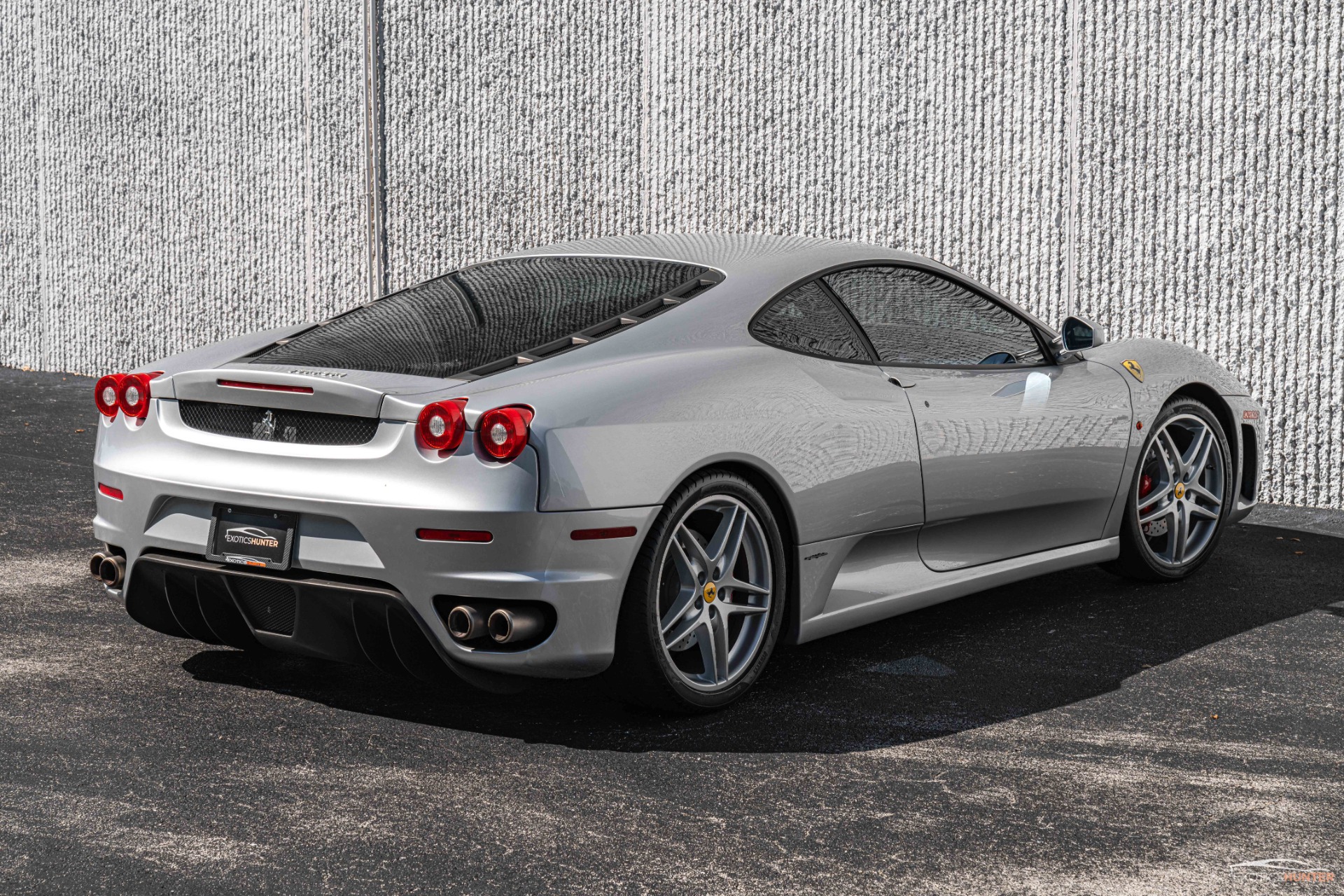
Throughout its production, the Ferrari F430 faced competition from rivals such as the Lamborghini Gallardo, Porsche 911 Turbo, Audi R8, and Aston Martin V8 Vantage. Despite these competitors, the F430 stood out through its racing-derived technologies, and a naturally aspirated V8.
Model Changes (Breakdown by Year)
2005 Ferrari F430
In 2004, Ferrari introduced the F430 Coupe at the Paris Motor Show in replacement of the 360 Modena. It featured a 4.3-liter naturally aspirated V8 engine, producing 483 hpand 343 lb-ft of torque.
The F430 introduced a lot of new features compared to the 360 Modena, such as the E-Diff and "Manettino" steering wheel dial.

Photo by PCarMarket
It was released to the market in 2005. The starting price for the 2005 Ferrari F430 was approximately $170,000.
2006 Ferrari F430
Ferrari expanded the F430 lineup with the introduction of the F430 Spider at the Geneva Motor Show in 2005. This convertible variant offered the same 4.3-liter V8 engine and advanced features as the coupe but with the added appeal of open-air driving.
The Spider's retractable soft-top roof allowed drivers to enjoy the thrill of the F430’s performance with the top down, enhancing the experience.

In 2006, the starting price for the Ferrari F430 Coupe was approximately $175,000, while the F430 Spider was priced slightly higher, starting at around $195,000.
2007 Ferrari F430
In 2007, Ferrari unveiled the 430 Scuderia at the Frankfurt Motor Show, with racing legend Michael Schumacher introducing the model to the public.
The 430 Scuderia was a more track-focused variant of the F430, designed for enthusiasts seeking even greater performance. It delivered 503 hp, thanks to engine tuning that surpassed the standard model, along with a reduced overall weight and enhanced aerodynamics.
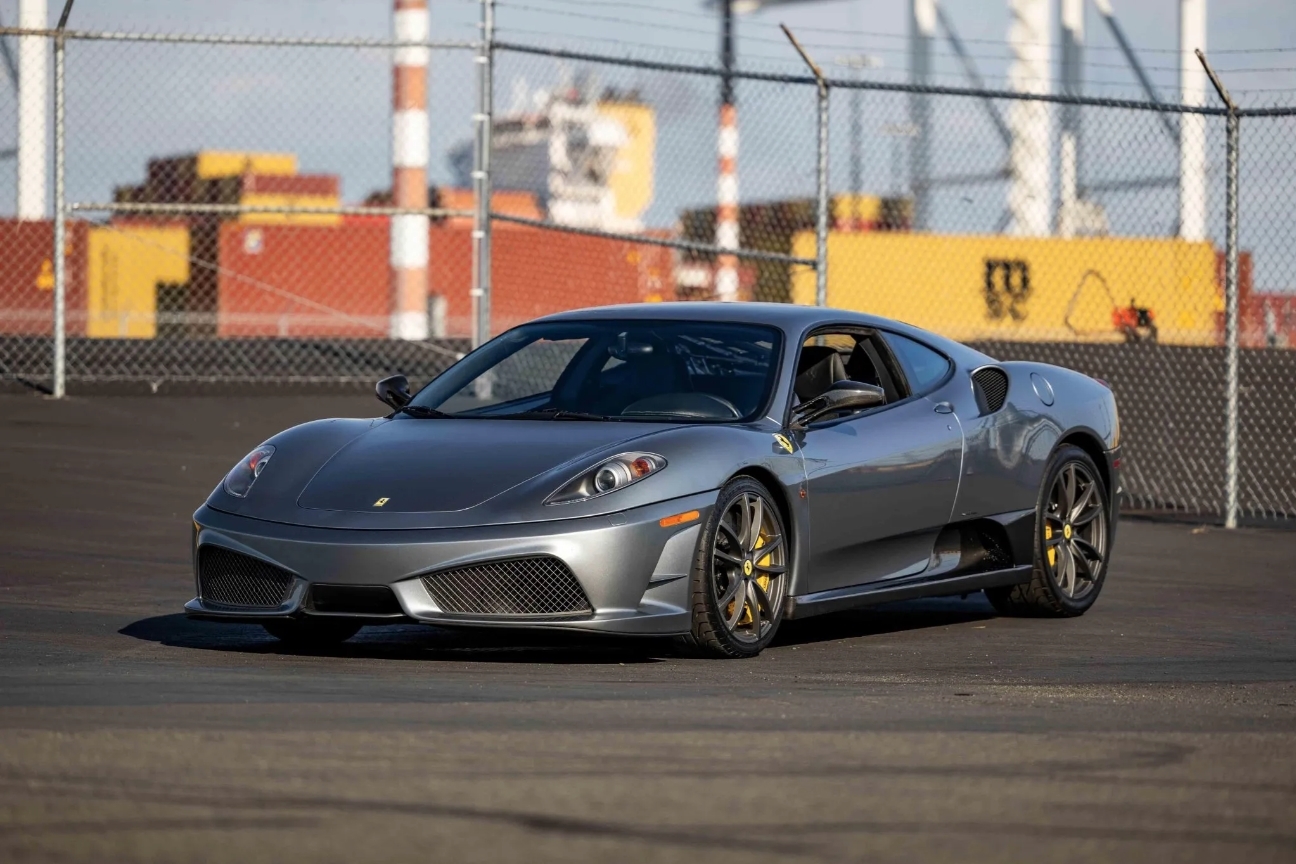
Photo by Bring a Trailer
Ferrari equipped the Scuderia with a faster-shifting gearbox, optimized for quick and seamless transitions, and a more aggressive setup for the E-Diff and traction control systems, ensuring precision and control on the track.
This year also marked the introduction of Ferrari’s F1-Trac traction control system, which further improved the car’s handling and stability, particularly in high-performance conditions.

Photo by Sports Car Market
The 430 Scuderia’s exterior featured larger air intakes in the front bumper for improved cooling, a redesigned rear diffuser to enhance downforce, and a signature dual racing stripe for an aggressive, race-inspired look. Lightweight materials, like carbon fiber on the mirrors and engine bay, reduced weight, while unique 19-inch lightweight alloy wheels paired with high-performance ceramic brakes.
Inside, the Scuderia offered a minimalist, performance-oriented cabin. Carbon fiber was used extensively on the dashboard, door panels, and steering wheel. Lightweight bucket seats with Alcantara upholstery provided support for spirited driving, and the steering wheel featured a shift light display for optimal gear changes.

Photo by PCarMarket
Soundproofing was reduced to create a raw driving environment, making the Scuderia’s interior as focused as its exterior.
In 2007, the starting price for the Ferrari F430 Coupe was around $180,000, while the F430 Spider was priced slightly higher, starting at approximately $200,000. The 430 Scuderia, introduced that year was delivered to customers in 2008, and had a starting price of about $250,000.
2008 Ferrari F430
In 2008, Ferrari introduced the Scuderia Spider 16M to commemorate the brand’s 16th Formula 1 Constructors’ Championship.
Essentially a convertible version of the 430 Scuderia, the 16M combined the Scuderia's high-performance engine and lightweight engineering with open-air driving.
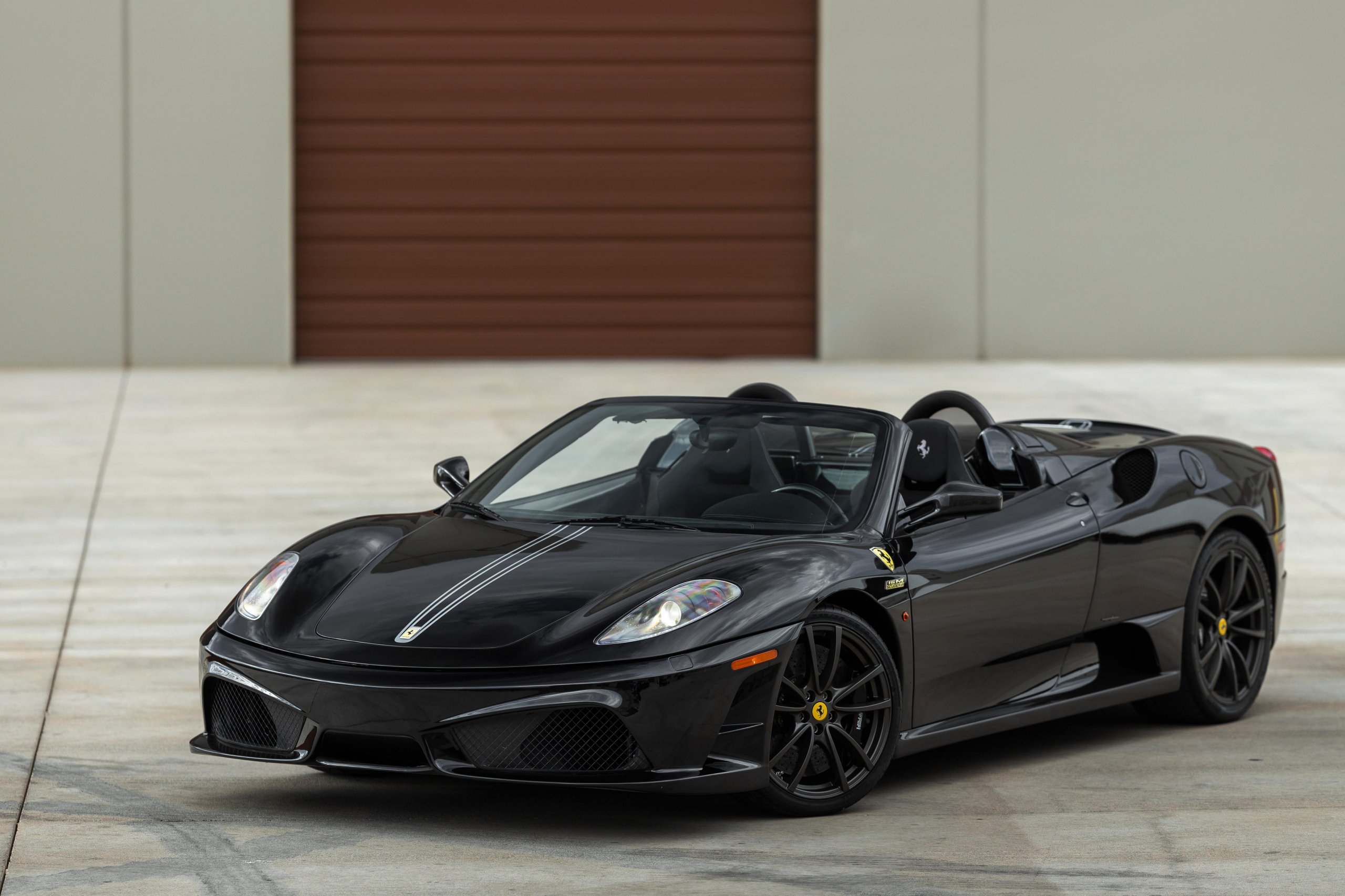
Photo by Bonham Cars
Limited to just 499 units, the Scuderia Spider 16M became an instant collector’s item due to its rarity and significance in Ferrari's racing legacy. To further enhance the lightweight, sporty appeal, Ferrari offered optional carbon fiber packages, allowing owners to add various carbon fiber components that reduced weight and added to the car's aesthetic, like the Scuderia.
In 2008, the starting price for the Ferrari F430 Coupe was approximately $180,000, while the F430 Spider was around $200,000. The limited-edition Scuderia Spider 16M had a starting price of around $300,000.
2009 Ferrari F430
In 2009, the production of the Ferrari F430 came to an end.
With the conclusion of the F430’s production, Ferrari introduced its successor, the Ferrari 458 Italia.
Ferrari F430 Common Problems
While the Ferrari F430 is fairly reliable, it is not without its common maintenance challenges. As with many high-performance vehicles, certain components of the F430 are prone to wear or failure, which can require attention from owners. These issues range from mechanical to aesthetic, and while they don’t detract from the car’s overall appeal, they are important to consider for anyone thinking about ownership. Below are some of the most commonly reported problems F430 owners may encounter.
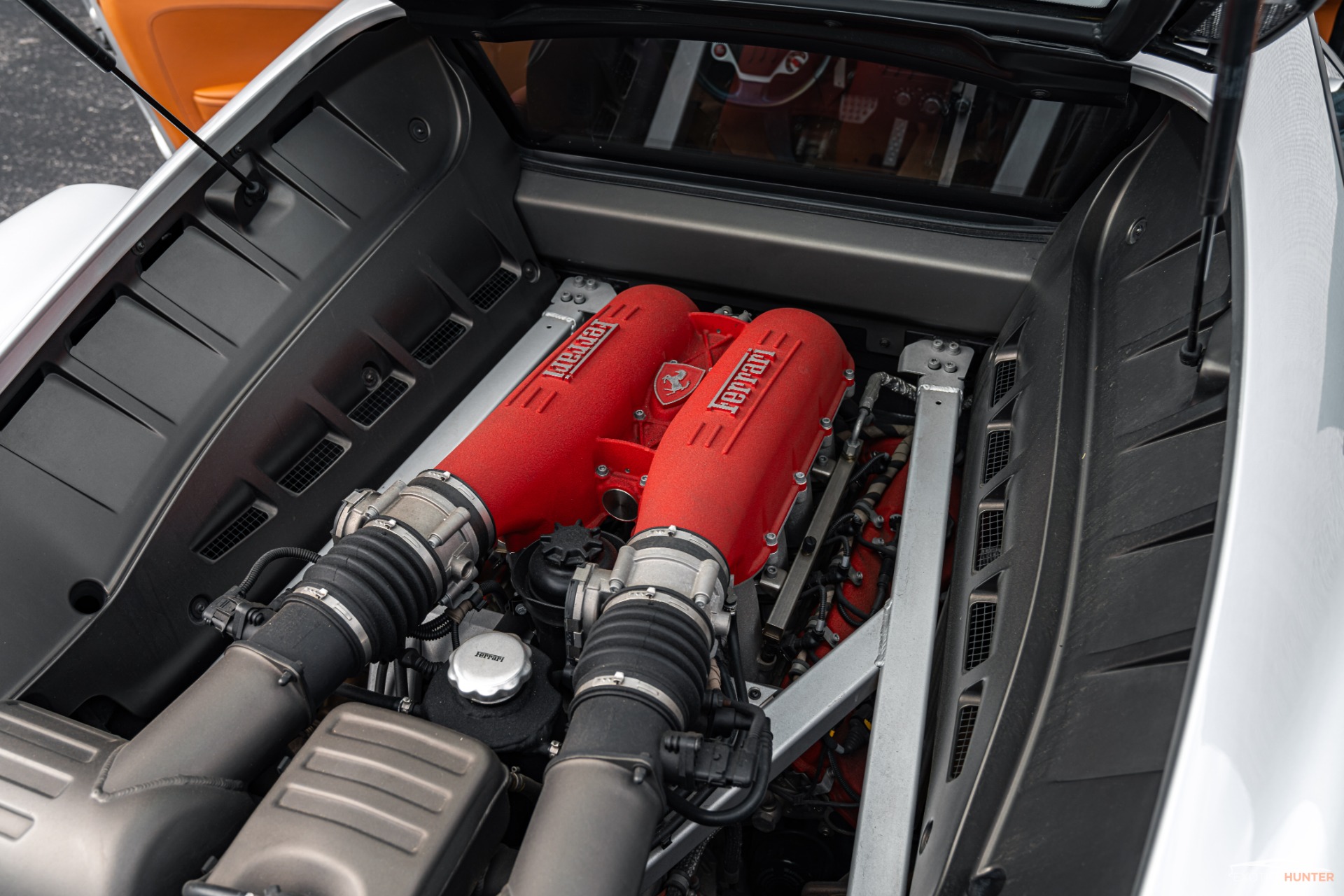
Keep in mind, that it is essential that all cars, even supercars, can have issues and it is crucial to perform a Pre-Purchase Inspection (PPI) from an authorized dealer or experienced independent mechanic to reveal all issues.
Exhaust Manifold Failures: The F430 is known for issues with its exhaust manifolds, which can develop cracks over time, leading to exhaust leaks. This can cause a decrease in performance, unusual exhaust sounds, and even potential engine damage if not addressed.
F1 Transmission Issues: The F430’s F1 automated manual transmission can suffer from actuator problems, particularly in earlier models. These issues can lead to hard shifting or the inability to shift gears. The clutch can also wear out relatively quickly, especially with aggressive driving, and replacing it can be costly.
Sticky Interior Controls: Many Ferraris, including the F430, are prone to a problem where interior plastic components (like buttons and switches) become sticky and deteriorate over time, especially in warmer climates. This occurs due to the soft-touch coating breaking down, which can detract from the car’s interior aesthetics.
Suspension Wear: The F430’s suspension bushings and ball joints are susceptible to wear, which can cause handling issues or unusual sounds. This is particularly common with spirited driving, as the components take on significant strain.
Engine Mount Failures: The F430’s engine mounts can wear out over time, leading to vibrations and a rougher driving experience. If not replaced, worn mounts can lead to excessive engine movement, which may stress other components.
Electrical Gremlins: Like many high-performance vehicles, the F430 can experience electrical issues, including problems with the power windows, lights, and occasionally the car’s ECU. These issues are often minor but can be frustrating to diagnose and repair.
Brakes and Carbon-Ceramic Rotors: F430 models with optional carbon-ceramic brakes can face high replacement costs if the rotors wear out. While these brakes offer excellent performance, they can be expensive to replace, and they sometimes produce noise, which some owners find bothersome.
Recalls
2005 to 2009 Ferrari F430 vehicles
Service brakes, hydraulic (Recall no. 22V536000)
The brake fluid reservoir cap may not vent properly, creating a vacuum inside the brake fluid reservoir, and resulting in a brake fluid leak that may lead to a partial or total loss of brake function. A loss of brake function can increase the risk of a crash.
2005 to 2007 Ferrari F430 Spider vehicles
Engine and engine cooling: Engine (Recall no. 09V048000)
The defect involves the hydraulic hoses for the convertible top that are located inside the engine compartment. The heat from the engine may cause hairline cracks to form in the hoses, which may result in fluid leakage from the convertible top hydraulic system. This leakage, in turn, will cause the convertible top warning light to illuminate and, if not remedied, could ultimately leak fluid into the engine compartment, causing smoke and fire, rendering the vehicle inoperable, and possibly resulting in a crash.
Maintenance and Ownership Costs
Compared to other high-performance supercars, the Ferrari F430 is regarded as having relatively manageable maintenance.
However, it is important to remember that regular maintenance and repairs will still be necessary, and the costs can vary depending on whether you take your car to a dealer or an independent mechanic.
Here is the suggested service schedule and intervals per Ferrari:
FIRST-YEAR SERVICE
- Engine oil and oil filter replacement.
- In-cabin air filter replacement.
- Indicator lights check.
- Visual brake inspection (pads and discs).
- Electric parking brake system inspection.
- Gear oil check and top-off, if necessary.
- Hydraulic fluid levels check.
- Visual inspection for leaks.
- Front and rear suspension components check.
- Road test, hand wash, and vacuum.
SECOND-YEAR SERVICE OR 12,500 MILES
- Repeat of the first-year maintenance.
- Auxiliary belt replacement.
- Engine and gearbox mounting fastener tightness check.
FOURTH-YEAR SERVICE OR 37,500 MILES
- Includes all items from the second-year service.
- Spark plugs replacement.
- Auxiliary belt replacement.
Here is a rough estimate of typical service costs associated with the Ferrari F430:
- Oil Change - An oil change for the F430 typically costs between $400 and $800. This is usually recommended once a year or every 3,000–5,000 miles to ensure optimal engine health.
- Minor Service - A minor service, which includes an oil change, filter replacements, and a general inspection, can cost around $1,200 to $2,000. This service is generally recommended every year.
- Major Service - A major service, which includes more comprehensive checks and potential component replacements like spark plugs and belts, is recommended every 3–5 years and can range from $3,000 to $7,000, depending on what parts need replacement.
- Tires - A set of high-performance tires for the F430 such as Michelin Pilot Super Sport can cost between $1,200 and $2,000. Replacements are generally needed every 10,000–15,000 miles, or sooner with aggressive driving.
- Brakes - When it comes to maintenance, replacing standard steel brake pads typically costs around $1,200 to $1,800 per axle. However, for models equipped with carbon-ceramic brakes, the costs are significantly higher. Replacement of both rotors and pads for carbon-ceramic brakes can exceed $12,000 per set.
- Clutch - For F430 models with the F1 transmission, a clutch replacement can cost between $4,000 and $7,000, as this transmission is known to wear faster with aggressive driving. For models with a manual transmission, clutch replacements are somewhat less frequent and can range from $3,500 to $5,000. Clutch life typically spans 20,000–40,000 miles, though driving style greatly impacts longevity.
Options List
When purchasing a Ferrari F430, Ferrari provides an extensive options list.
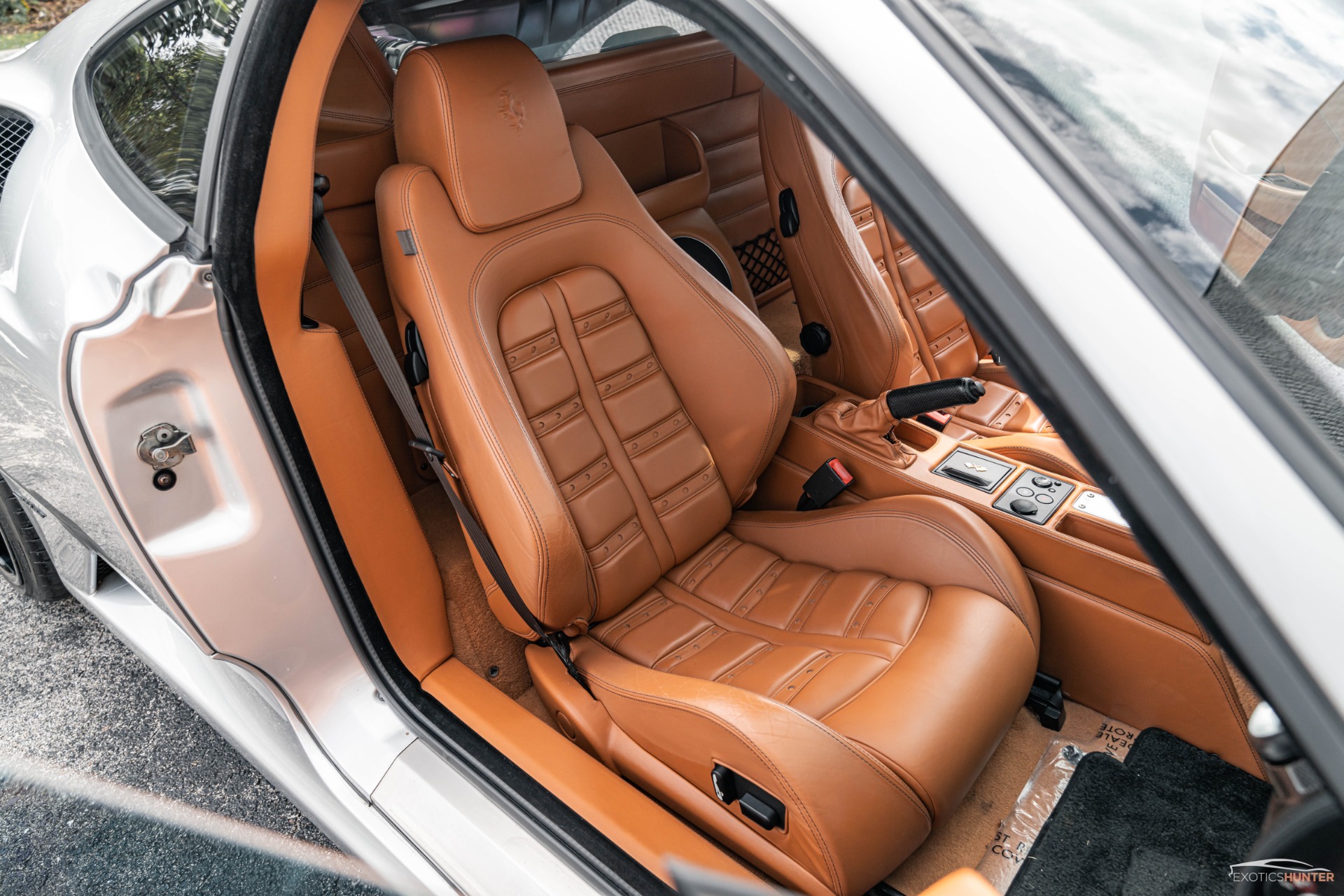
The F430 offers a range of carbon fiber packages. These include a carbon fiber steering wheel, which can be equipped with integrated LED shift lights for a race-inspired experience, as well as carbon fiber dashboard inserts, door panels, and exterior accents such as the rear diffuser and side mirrors. These additions are desirable when it comes to looking for the right options.
Most F430s were spec’d with the optional F1 transmission, however, they aren’t as desirable. Rather the standard gated manual is what most people want today.
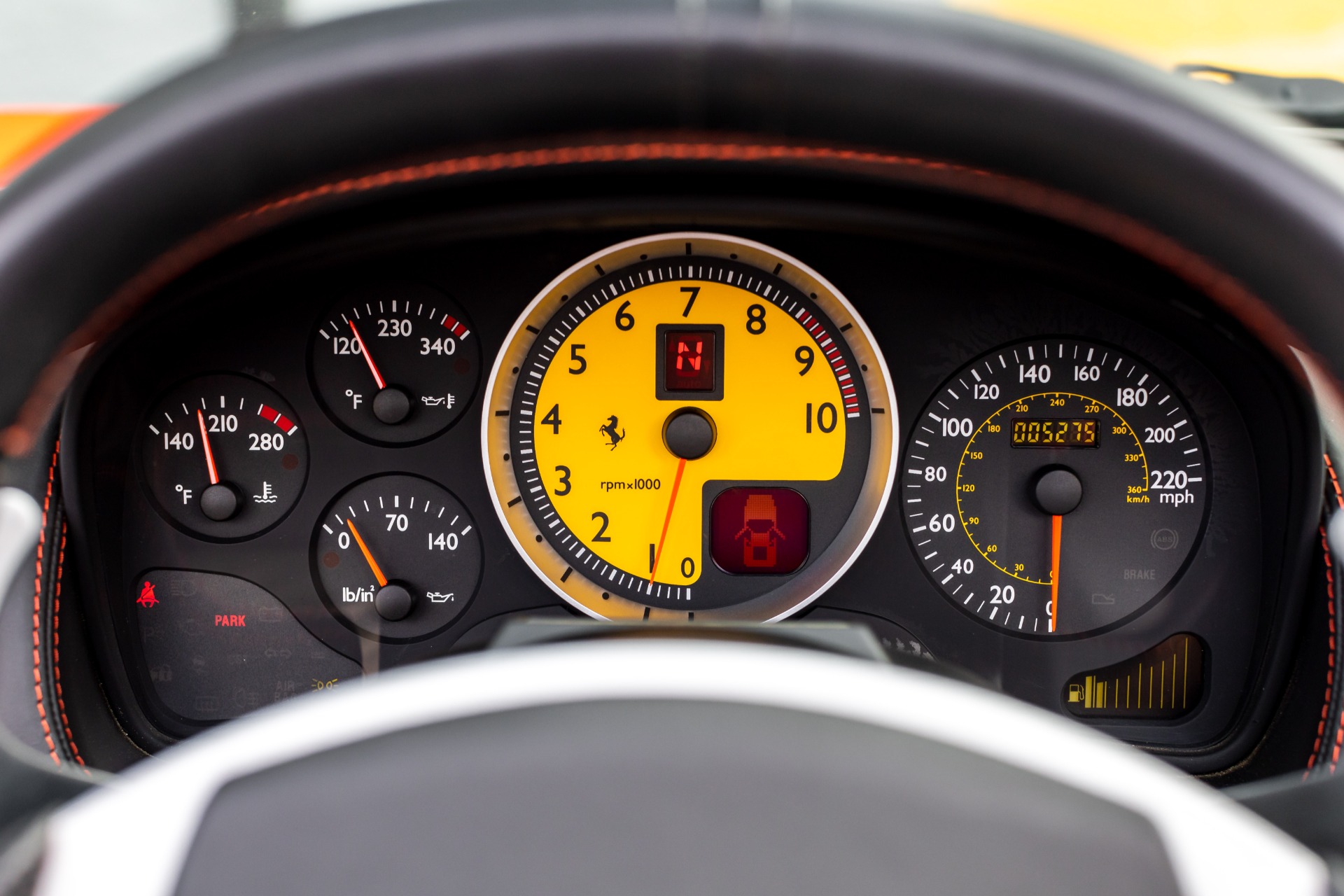
On the exterior, Ferrari offers a big list of paint finishes beyond the standard palette of iconic colors like Rosso Corsa and Nero. Buyers can choose from metallic, pearl, and matte finishes, or even opt for bespoke colors through Ferrari’s Tailor Made program. Custom brake caliper colors, ranging from classic red to yellow, add an extra layer of personalization, while optional forged alloy wheels.

Inside the cabin, the F430 offers contrasting stitching, premium audio system, embroidered headrests, and carbon fiber trim are desirable. Custom floor mats and personalized scuff plates are additional touches that allow owners to make the cabin their own.
There are extra options such as bespoke luggage sets designed to fit perfectly in the F430’s trunk space.
Ferrari also provided several seat options, including Daytona inserts for the standard seats and rare leather carbon fiber bucket seats, which are highly desirable yet hard to find.
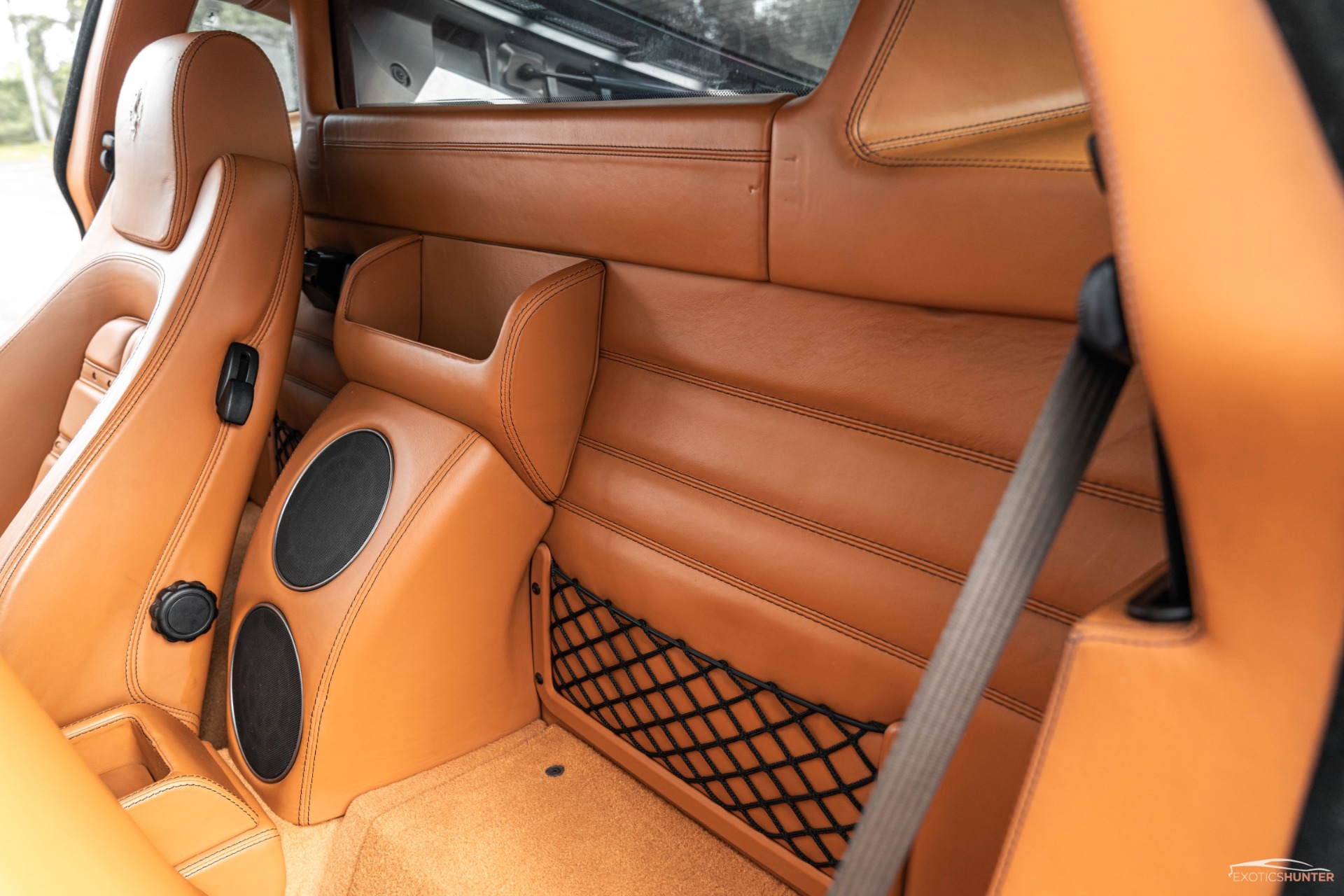
F430s with desirable options such as carbon fiber packages, bespoke paint finishes, and upgraded interiors tend to hold their value better in the resale market.
2006 Ferrari F430 Options List
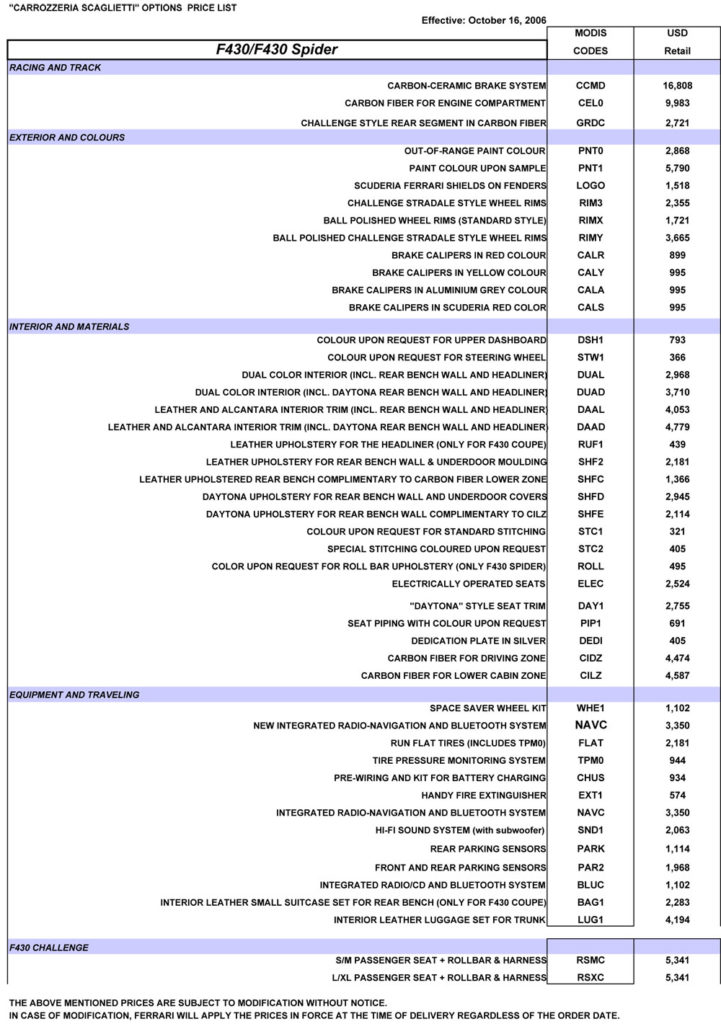
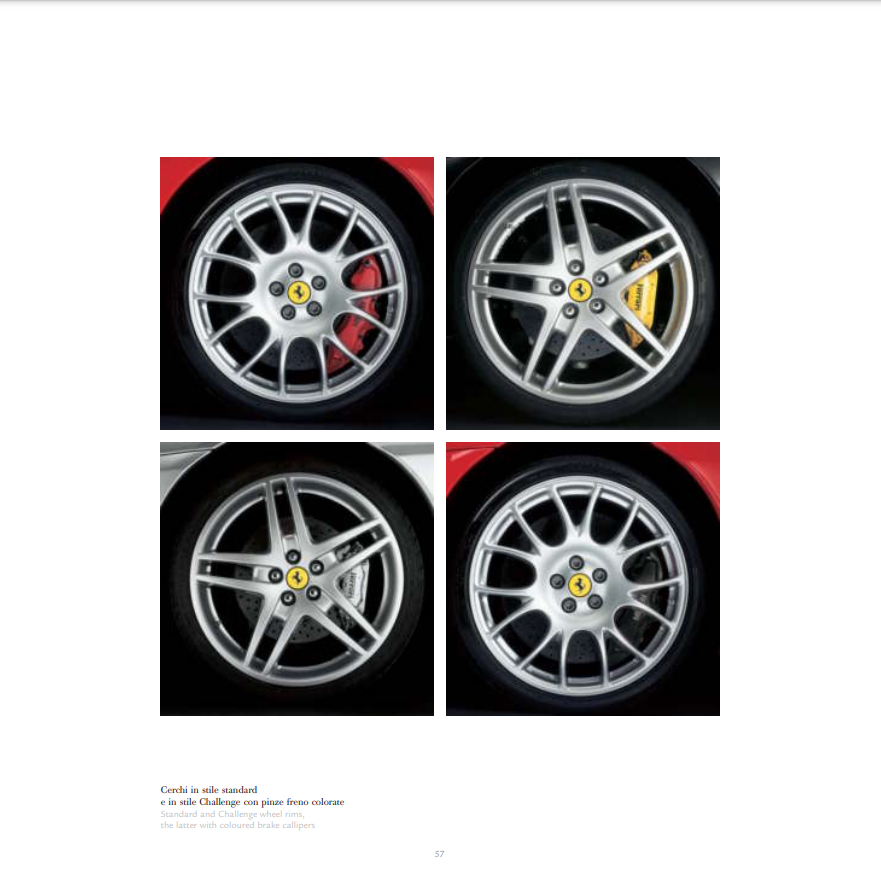
Key Options
- Carbon Fiber Package
- Ceramic-Brakes Package
- Racing Seats Package
- Manual transmission
Ferrari F430 Prices and Values (Scuderia and 16m)
The Best Ferrari F430 to Buy
When it comes to selecting the best Ferrari F430 to buy, there are several factors to consider.
For those seeking the ultimate version of the F430, the Ferrari 430 Scuderia and 16m is the choice to go for. The Scuderia and 16m has the more powerful 503-hp V8 engine, a lighter weight due to extensive use of carbon fiber, and advanced track-oriented features like a faster-shifting gearbox and the F1-Trac traction control system.
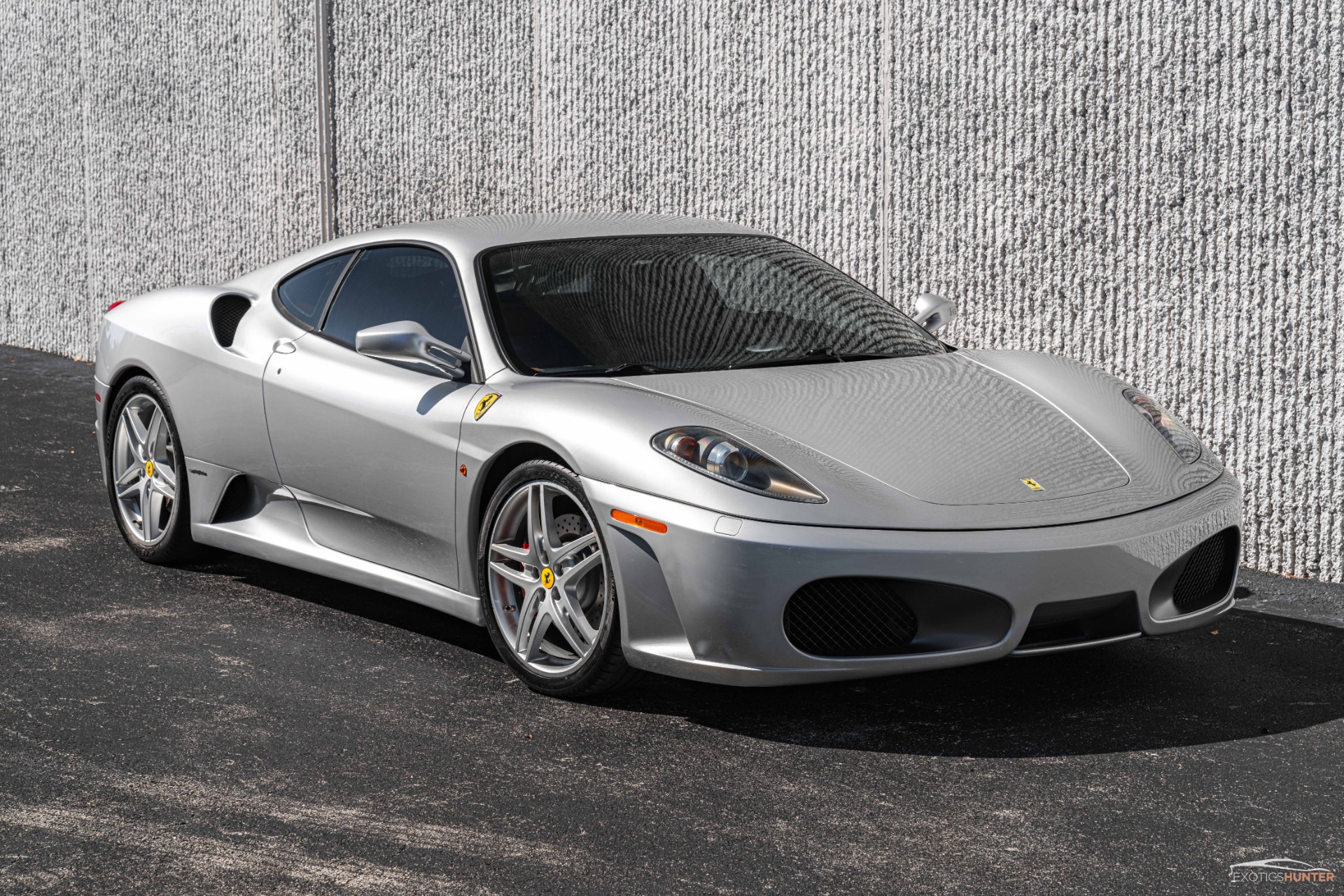
Its exclusivity, combined with its enhanced performance and handling, makes it a favorite among collectors and enthusiasts. For those who prefer open-air driving, the Scuderia Spider 16M, limited to just 499 units, offers the same high-performance package with the added thrill of a convertible top.
Manual transmission F430s are also extremely desirable. While there is no exact number on production numbers of how many F430s came with a 6-speed manual, it is estimated only 10% of F430s have the manual transmission, making it extremely desirable. If you can find one, this is the version to go for.

All across the board, model years 2005 to 2009 are safe choices for market stability.
Condition and service history are critical factors when buying an F430. Look for a vehicle with low mileage, a comprehensive service history, and documentation of regular maintenance, particularly for key components like the clutch and brakes.
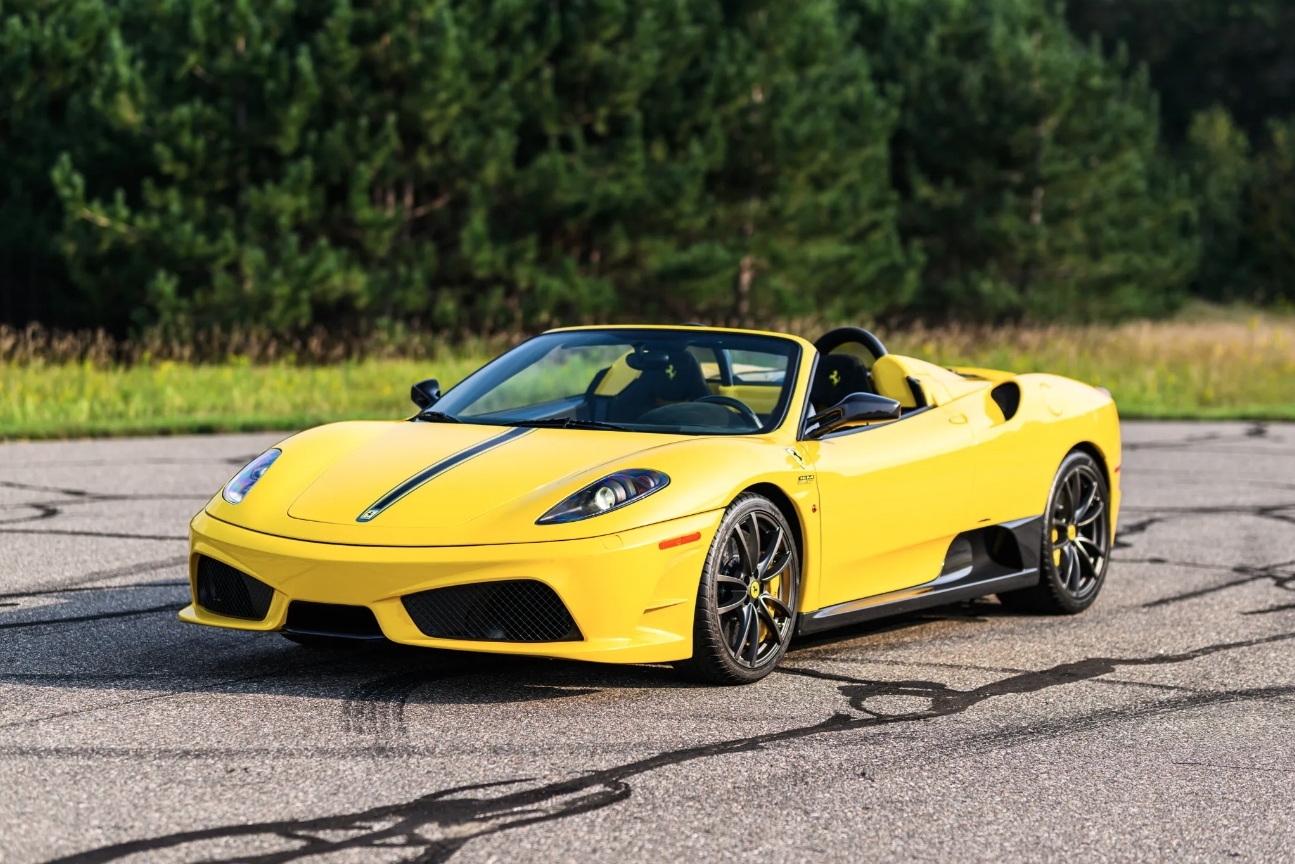
Photo by Bring a Trailer
Additionally, F430s with sought-after options, such as carbon-ceramic brakes, racing seats, and carbon fiber trim, tend to retain their value better and enhance the ownership experience.
Conclusion
In summary, with a starting price of around $100,000 to $150,000, the Ferrari F430 offers an experience for those in search of an iconic Italian sports car.
While alternatives like the Lamborghini Gallardo, Porsche 911 Turbo, Audi R8, and Aston Martin V8 Vantage are available in the segment, the F430 distinguishes itself with its naturally aspirated V8 engine, advanced features like the "E-Diff" and "Manettino" dial, and unmistakable Ferrari flair.

Photo by PCarMarket
For those who value a high-performance car with the prestige of owning a Ferrari, the F430 remains an excellent choice.
Car Hacking Shortcuts
Look for models with the Carbon Fiber Package or Ceramic Brakes
Racing seats are sought after
Limited-edition variants like the 430 Scuderia or Scuderia Spider 16M are very desirable
Prioritize well-maintained, low-mileage examples with a clean service history
Resourcse
- 2006 Ferrari F430 Brochure PDF
The post Ferrari F430 Buyers Guide appeared first on Exotic Car Hacks.



